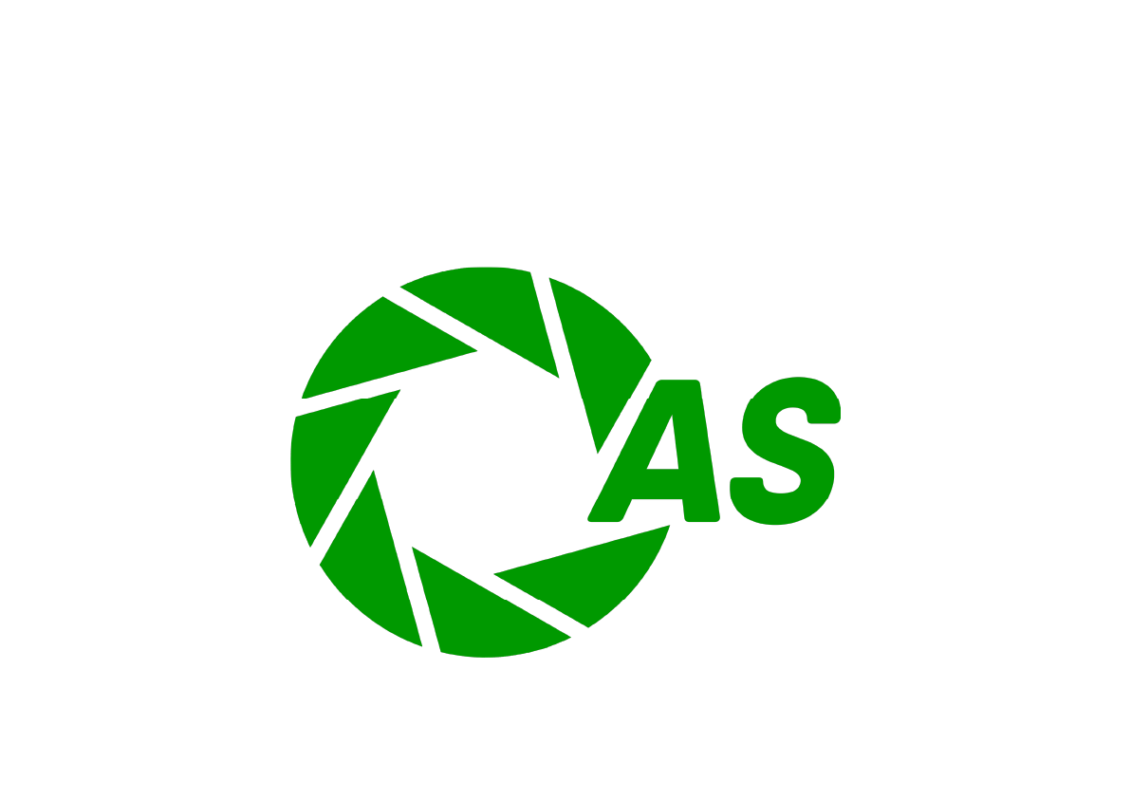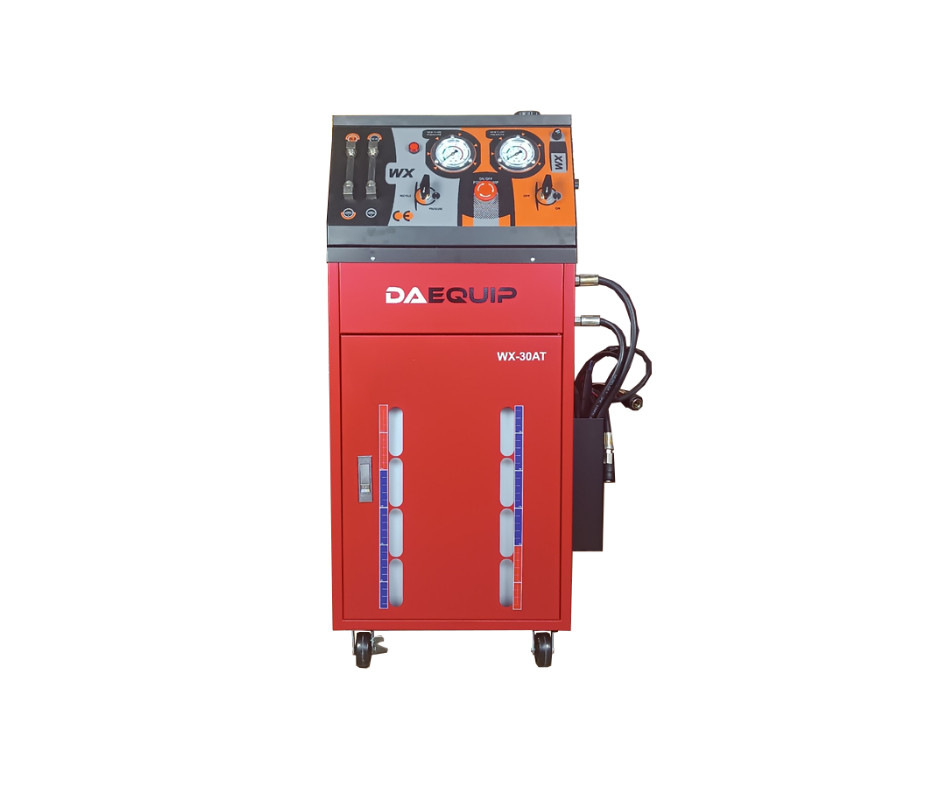TIN TỨC, Chăm sóc và sửa chữa xe
Operation Manual DAEQUIP WX-30DT
Specifications
| Item | Remove, clean, and replace fluid/water from most types and models of radiator |
| Power supply | Automotive battery DC 12V |
| Oil Inlet and Return
Hoses |
3-(2x) 126 (L) x1/2(dia.) inches (1-red, 1-black) (1) 137(L) x1/2(dia.) inches (red); All with male and female quick couplers, 300 PSL (max.) rated |
| Pressure Regulator | Manual control dial, locking, 1-1/2*1-1/2 inches |
| Pressure Gauges | Both 2-3/4 (dia.) inches;0~100 PSI, 20 PSI increments; 0~7 Bar, in 1 and 1/10 Bar increments |
| Fluid Capacity | 2tanks (for new and old fluids), 8 gallons per tank |
| Accessories | 1-Assorted Fittings, Adapters and Hose Kit |
Save This Manual
You will need the manual for the safety warnings and precautions, assembly instructions, operating and maintenance procedures, parts list and diagram, Keep your invoice with this manual. Write the invoice number on the inside of the front cover. Keep the manual and invoice in a safe and dry place for future reference.
Safety Warnings and Precautions
WARNING: When using tool, basic safety precautions should always be followed to reduce the risk of personal injury and damage to equipment.
Read all instructions before using this tool!
- Keep work area clean. Cluttered areas invite injuries
- Observe work area conditions. Do not use machines or power tools in damp or wet locations. Don’t expose to rain. Keep work area well lighted. Do not use electrically powered tools in the presence of flammable gases or liquids.
- Keep children away. Children must never be allowed in the work area. Do not let them handle machines, tools, or extension cords
- Store idle equipment. When not in use, tools must be stored in a dry location to inhibit rust. Always lock up tools and keep out of reach of children.
- Use the right tool for the job. Do not attempt to force a small tool or attachment to do the work of a larger industrial tool. There are certain applications for which this tool wat designed. It will do the job better and more safely at the rate for which it was intended. Do not modify this tool and do not use this tool for a purpose for which it was not intended.
- Dress properly. Do not wear loose clothing or jewelry as they can be caught in moving parts. Protective, electrically non-conductive clothes and non-skid footwear are recommended when working Wear restrictive hair covering to contain long hair.
- Use eye and ear protection. Always wear ANSI approved dat mask or respirator when working around chemical dusts and mists.
- Do not overreach. Keep proper footing and balance at times. Do not reach over
or across running machines.
- Maintain tools with care. Inspect tool cords and hoses periodically and, if damaged, kept clean, dry, and free from oil and grease at all times.
- Remove adjusting keys and wrenches. Check that keys and adjusting wrenches are removed from the tool or machine work surface before operating
- Avoid unintentional starting. Be sure the air pressure is in the off position when not in use and before making hose connections.
- Stay alert. Watch what you are doing, use common sense. Do not operate any tool when you are tired.
- Check for damaged parts. Before using any tool, any part that appears damaged should be carefully checked to determine that it will operate properly and perform its intended function. Check for alignment and binding of moving parts; any broken parts or mounting fixtures; and any other condition that may affect proper operation. Any part that is damaged should be properly repaired or replaced by a qualified technician. Do not use the tool if any control or switch does operate properly.
- Replacement parts and accessories. When servicing, use only identical replacement parts. Use of any other parts will void the warranty. Only use accessories intended for use with this tool.
- Do not operate tool if under the influence of alcohol or drugs. Read warning labels if taking prescription medicine to determine if your judgment or reflexes are impaired while taking drugs. If there is any doubt, do not operate the tool.
- Maintenance. For you safety, service and maintenance should be performed regularly by a qualified technician.
- Pacemaker safety warning. People with pacemakers should consult their physician(s) before using this produce. Electromagnetic fields in close proximity to a heart pacemaker could cause interference to, or failure of the pacemaker. In addition, people with pacemakers should adhere to the following:
-Caution is necessary when near the coil, spark plug cables, or distributor of a running engine. The engine should always be off if adjustments are to be made to the distributor.
Note: Performance of this tool may vary depending on variations in air pressure and compressor capability
Product Specific Safety Precautions
Caution: This equipment is designed to be operated by qualified and trained personnel. It should only be operated after reading and understanding the safety warnings and operating procedures in this instruction manual.
- Wear ANSI approved safety goggles.
- Do not smoke near this equipment.
- Use in a well ventilated area.
- When leaks are found in the equipment or hoses, immediately turn the air pressure off and repair the leaks.
- Immediately clean up any fluid spills or leaks.
- Keep an empty plastic bucket nearby in case of leaks.
- Keep a type ABC fire extinguisher nearby in case of fires.
- Always protect your skin and eyes from contact with oil and solvents.
Warning: The warnings, cautions, and instructions discussed in this instruction manual cannot cover all possible conditions and situations that may occur. It must be under- stood by the operator that common sense and caution are factors which cannot be built into this produce, but must be supplied by the operator.
Controls and Indicators
As the tanks are filled, the fluids can be viewed through the tank and measured.
- open the both ball valves fixed on the pressure pipe and return pipe of the machine, then insert the return pipe(black) into the water bucket
- Make sure Valve 1(page 4) is in the position of “RECYCLE” while the Valve
2(page 4) in the position of “OFF”.
- turn on the power switch of the machine to start the pump then turn off while view the water flow out from the pressure pipe(blue)
Cleaning Cycle
- Pour some cleaning solvents into the radiator of vehicle, then cover the tank well.
- disconnect and take away the water pipe above the radiator, then use proper Adapters and Fittings joint the two connector of the radiator
- Connect the blue pipe with the Water Inlet of the radiator. (Supplied Adapters or Fittings may be required from tool box.)
- turn on the power switch of the unit. Then the water is pump from the external tank to the radiator
- Turn off the power switch of the unit, while the water run out of the outlet of the radiator.
- Connect return pipe (black) to the water outlet of radiator
- Turn on the power switch and in the same time start the engine to begin the cleaning process. This should take 5-10 minutes
- Power off the machine and engine after cleaning process
Cooling Fluid Exchange Cycle
- Disconnect and take away the water pipe above the radiator, then use proper Adapters and Fittings joint the two connector of the radiator
- Connect the blue pipe with the Water Inlet of the radiator. (Supplied Adapters or Fittings may be required from tool box.)
- Turn on the power switch of the unit. Then the water is pump from the external tank to the radiator
- Turn off the power switch while the water run out of the outlet of the radiator.
- Connect return pipe (black) to the water outlet of radiator
- Open the tank cover of the machine to fill required quantity of new cooling fluid inside the new fluid tank.
- Turn Valve 3(page 4) to the position of “NEW OIL
- Turn Valve 1(page 4) to the position of “RETURN”, turn Valve 2(page 4) to the position of “ON”
- Turn on the power switch of the unit to start the pump. Then new cooling fluid is
pump into the radiator, at the same time, Start the engine, the used fluids is back to
the used fluid tank of the machine from black pipe.
- Obverse the color of new & used fluids from the window (Used fluid is not clear)
- Turn off the power switch after same color viewed from the window of new & used fluids.
- Disconnect all the pipes of the machine from the radiator and recover its original pipe
- Checking for any leakage of the radiator
- Checking the height of the radiator, refill more clean water if shortage.
Emptying Used Fluids
- Turn valve 3 to the position of “USED OIL”.
- Turn the valve 1 to the position of “RETURN”.
- Turn valve 2 to the position of “OFF”.
- Insert BLUE pipe in an external disposal tank
- Turn on the power switch of the unit
- When all the used oil is removed from the Used Oil Tank to the external, remove the air line from the machine. Remove the other hoses as well.
Accessories
Maintenance
- Drain all hoses that were used in an appropriate oil disposal tank.
- When finished using, coil the black and Blue Hoses and place in the machine side holder. Place the Adapter Fittings and Hoses back in their case. Store the case in the top-back of the machine.
- When oil flow through the machine becomes very slow, replace the machine water filter.
- The filter set must be well sealed. Otherwise machine can not do recycle cleaning
process.
Troubleshooting
- The unit cant work
check the fuse and make sure the power switch is on
- The hoses are connected well but no fluid flow is viewed from the View Flow tubes
verify the correct settings of the Return-Recycle Control knob and the ON-OFF Control knob.
Check the filter whether be well sealed
Suggestion
Filter: 2.5micro meter, white color,24pcs/carton
Suggestion: Cleaning your radiator after 5,000~10,000miles driving or half year. Replacing for a new filter after cleaning one vehicle.






